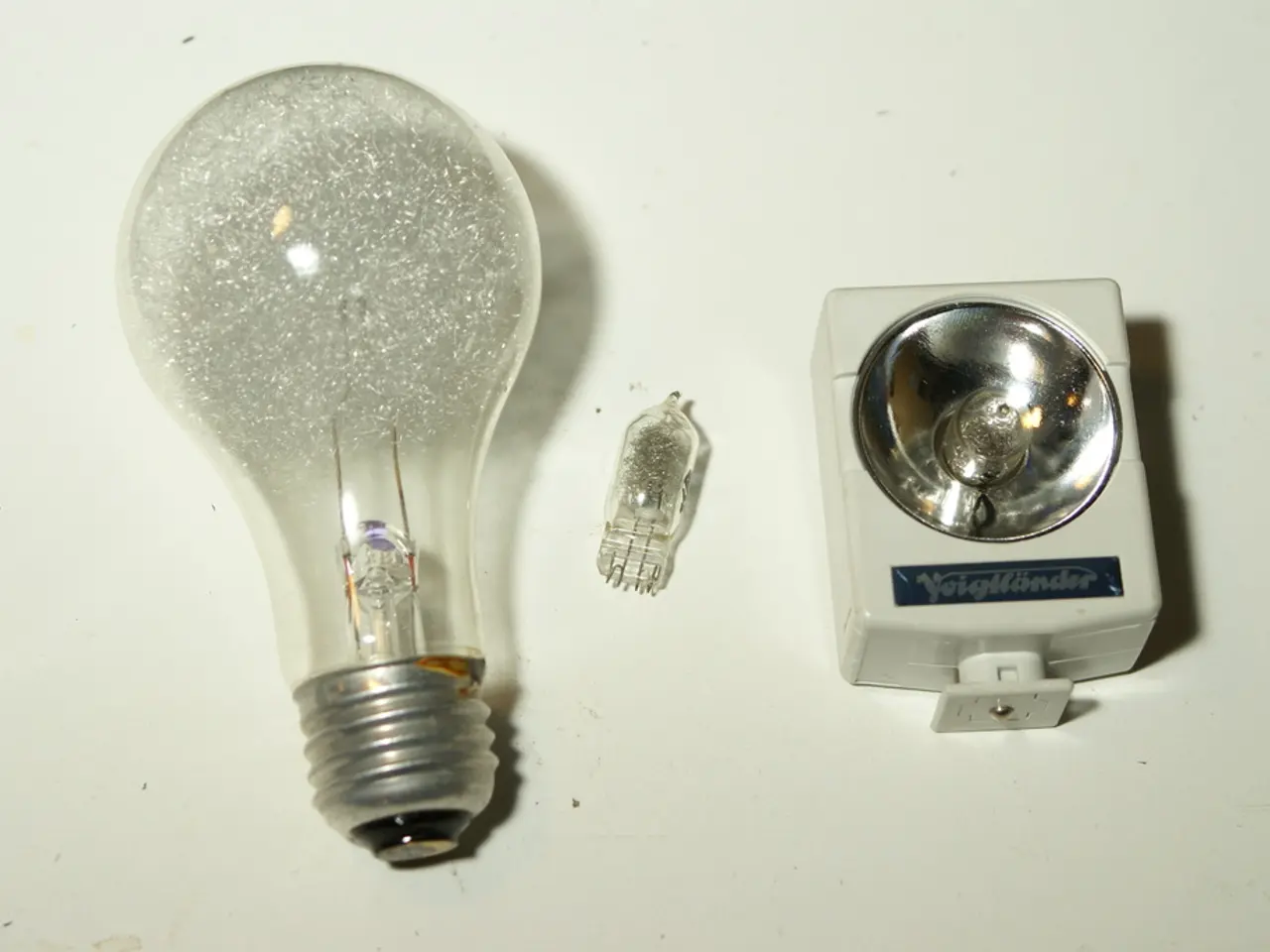How to induce blooming of house bulbs during winter: Instructions provided
Bringing Spring Indoors: A Guide to Forcing Bulbs
In the depths of winter, a touch of spring can be brought indoors with the help of forced bulbs. Here's a step-by-step guide to creating a woodland-inspired display and forcing bulbs for indoor blooming.
The Woodland-Inspired Display
A woodland-inspired display, featuring "Anemone blanda, snowdrop, crocus, and cyclamen," replicates the mingling of these plants on the forest floor in the eastern Mediterranean. The shiny, round leaves of the cyclamen, such as the spring-flowering Cyclamen coum f. 'pallidum' 'Album', bring texture and reflective light to the planting. The large, open flowers of the crocus, like the showy and fragrant Crocus 'Ruby Giant', add a dramatic shot of vivid, ruby purple.
This display is planted into a homemade log planter, with the texture of the silver birch bark giving the plants an immediate context. Tuck moss in between the plants for a finishing woodland touch.
Forcing Bulbs for Indoor Blooming
The process of forcing bulbs involves tricking the bulb into thinking it has undergone winter dormancy so it will bloom early indoors. This is done by chilling the bulbs at a temperature of about 35–40°F (1.5–4.5°C) for 12–16 weeks to mimic the cold winter period they naturally require.
After this chilling period, the bulbs are brought into a warmer environment with indirect light. They typically bloom indoors within about 3–4 weeks when exposed to these conditions. Bulbs commonly forced in this way include tulips, daffodils, and paperwhites.
Steps for Forcing Bulbs
- Chill bulbs at 35–40°F for 12–16 weeks to simulate winter.
- Place bulbs in a pot or container with soil or water indoors.
- Provide indirect light and maintain room temperature to encourage blooming.
- After about 3–4 weeks, the bulbs should develop flowers and bloom.
Choosing and Caring for Bulbs
Start with clean pots and healthy bulbs for forcing. Leave a little space at the top of the pot for easy watering. It is essential to protect against mice and squirrels when planting these displays, as they can damage the bulbs. Upturned, aquatic mesh pots and mouse traps work well. Watering is crucial, and roots must not dry out once the plant is in growth. They require consistent moisture but avoid wet conditions.
Unusual Bulbs to Try
- 'Muscari macrocarpum' 'Golden Fragrance' are unusual bulbs with highly fragrant, yellow flowers.
- 'Romance' is a crocus with an unusual primrose yellow flower.
- 'Scilla messeniaca' is a lesser-known scilla with up to seven leaves and an abundance of flowers on each stem.
Pre-Chilled Bulbs
Pre-chilled hyacinths sold commercially for Christmas have been through this pre-chilling process. Plant bulbs in small pots initially, then replant them in pretty containers as they bud. The roots of bulbs need time to develop before they are brought indoors.
Extending the Flowering Period
Once in flower, placing forced bulbs in a cool location overnight can extend their flowering period.
In Summary
Forcing bulbs involves mimicking winter's cold, dark conditions for around ten weeks, followed by bringing them indoors to flower early. This technique is popular for bringing winter or early spring flowers inside for decoration, enjoyment, and extending the growing season.
- The woodland-inspired display, which is a replication of plants on the forest floor in the eastern Mediterranean, features anemone blanda, snowdrop, crocus, and cyclamen, as well as flowers from gardens, such as the showy and fragrant Crocus 'Ruby Giant'.
- To create a similar display at home, start by chilling bulbs at 35–40°F for 12–16 weeks, then place them in a pot or container with soil or water indoors, and provide indirect light and maintain room temperature to encourage blooming.
- Besides the common bulbs like tulips, daffodils, and paperwhites, there are other unusual bulbs to try, such as 'Muscari macrocarpum' 'Golden Fragrance' with highly fragrant, yellow flowers, or 'Romance', a crocus with an unusual primrose yellow flower.




